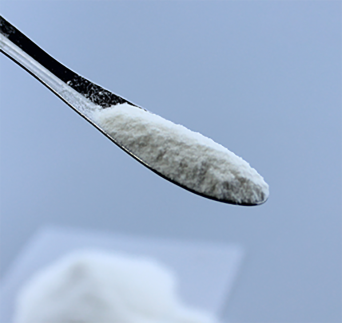
Oct . 02, 2024 09:52 Back to list
Exploring the Applications and Benefits of Hydroxypropyl Methyl Cellulose in Various Industries
Understanding Hydroxypropyl Methylcellulose Properties and Applications
Hydroxypropyl methylcellulose (HPMC) is a synthetic polymer derived from cellulose, a natural polymer abundant in plant cell walls. As a modified form of cellulose, HPMC has gained significant attention in various industries due to its unique rheological properties, biocompatibility, and versatility. This article delves into the characteristics, uses, and benefits of HPMC, particularly in the pharmaceutical, food, and construction sectors.
Chemical Composition and Properties
HPMC is produced by the hydroxypropylation and methylation of cellulose. The degree of substitution of hydroxyl groups with hydroxypropyl and methyl groups determines its solubility and viscosity characteristics. Typically, HPMC is soluble in cold water, producing a clear gel, which makes it an excellent thickening, suspending, and emulsifying agent. Its gel-forming ability is influenced by factors such as temperature, concentration, and pH, allowing for tailored formulations for specific applications.
One of the significant properties of HPMC is its film-forming ability. When applied as a coating, it can create protective barriers around tablets and capsules, enhancing drug stability and controlled release. Moreover, its non-toxic nature and ability to form biodegradable films contribute to its popularity in environmentally conscious formulations.
Applications in Pharmaceuticals
In the pharmaceutical industry, HPMC is predominantly used as a polymer in tablet formulations, providing controlled release of active ingredients. Its ability to swell upon hydration makes it ideal for sustained-release formulations, enabling medications to be released gradually over time, which is crucial for patient compliance and therapeutic efficacy. HPMC is also employed as a binder, helping to hold the tablet components together, and as a lubricant during manufacturing processes.
Furthermore, HPMC is utilized in ophthalmic formulations due to its exceptional lubricating properties, enhancing the comfort of eye drops and contact lens solutions. Its compatibility with various active pharmaceutical ingredients (APIs) allows formulators to create complex formulations that meet specific therapeutic needs.
hydroxypropyl methyl

Role in the Food Industry
In the food sector, HPMC serves several functional purposes. It acts as a thickening agent, stabilizer, and emulsifier, improving the texture and consistency of various food products. HPMC is commonly found in sauces, dressings, dairy products, and baked goods, where it influences viscosity and mouthfeel.
One of the significant advantages of using HPMC in food is its vegetarian-friendly profile. As a plant-derived ingredient, it offers a suitable alternative to animal-based thickeners such as gelatin. Additionally, HPMC is often used in gluten-free formulations, where its ability to mimic the binding properties of gluten enhances the quality of gluten-free products.
Contributions to Construction and Personal Care
HPMC's applications extend beyond food and pharmaceuticals; it is also valued in the construction sector. As a water-retaining agent, it enhances the workability of cement and plaster mixtures, facilitating better adhesion and reducing the risk of cracking. The use of HPMC in construction materials contributes to improved performance, making it a vital additive in modern building processes.
In personal care products, HPMC is employed as a thickener and stabilizer in lotions, creams, and shampoos, enhancing product performance and user experience. Its ability to form clear gels makes it suitable for transparent formulations, catering to consumer preferences for aesthetic appeal.
Conclusion
Hydroxypropyl methylcellulose is a remarkable polymer with multifaceted applications across various industries. Its unique properties, including solubility, viscosity, and film-forming abilities, make it indispensable in pharmaceuticals, food, construction, and personal care. As demand for natural and sustainable ingredients continues to rise, HPMC stands out as a versatile, eco-friendly option that meets the diverse needs of consumers and manufacturers alike. With ongoing research and development, the future of HPMC is bright, promising even more innovative applications.
-
Versatile Hpmc Uses in Different Industries
NewsJun.19,2025
-
Redispersible Powder's Role in Enhancing Durability of Construction Products
NewsJun.19,2025
-
Hydroxyethyl Cellulose Applications Driving Green Industrial Processes
NewsJun.19,2025
-
Exploring Different Redispersible Polymer Powder
NewsJun.19,2025
-
Choosing the Right Mortar Bonding Agent
NewsJun.19,2025
-
Applications and Significance of China Hpmc in Modern Industries
NewsJun.19,2025







